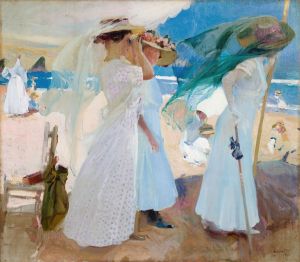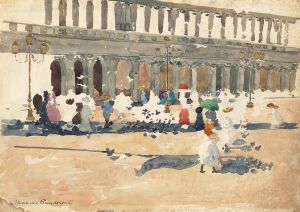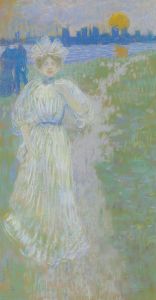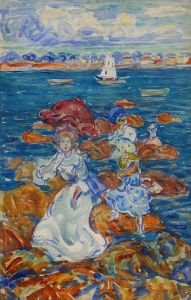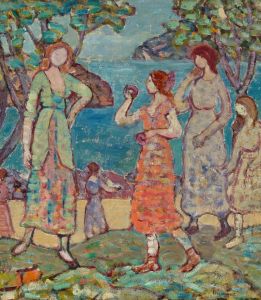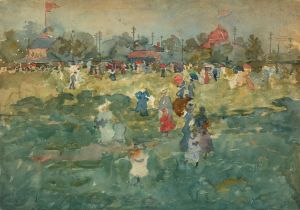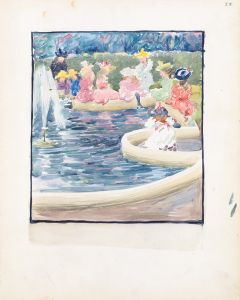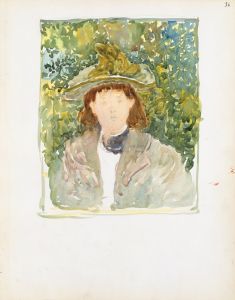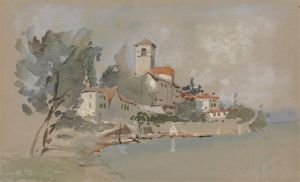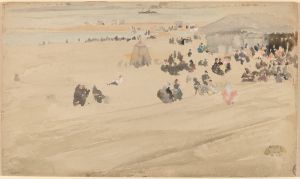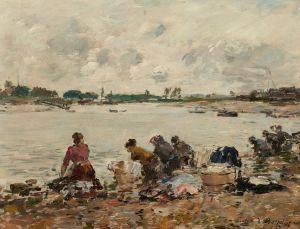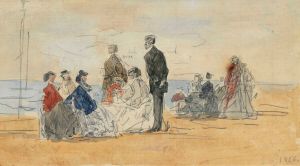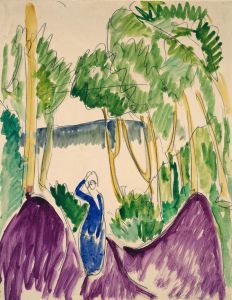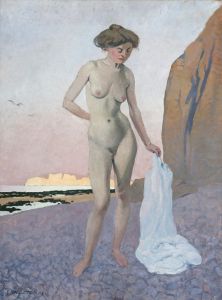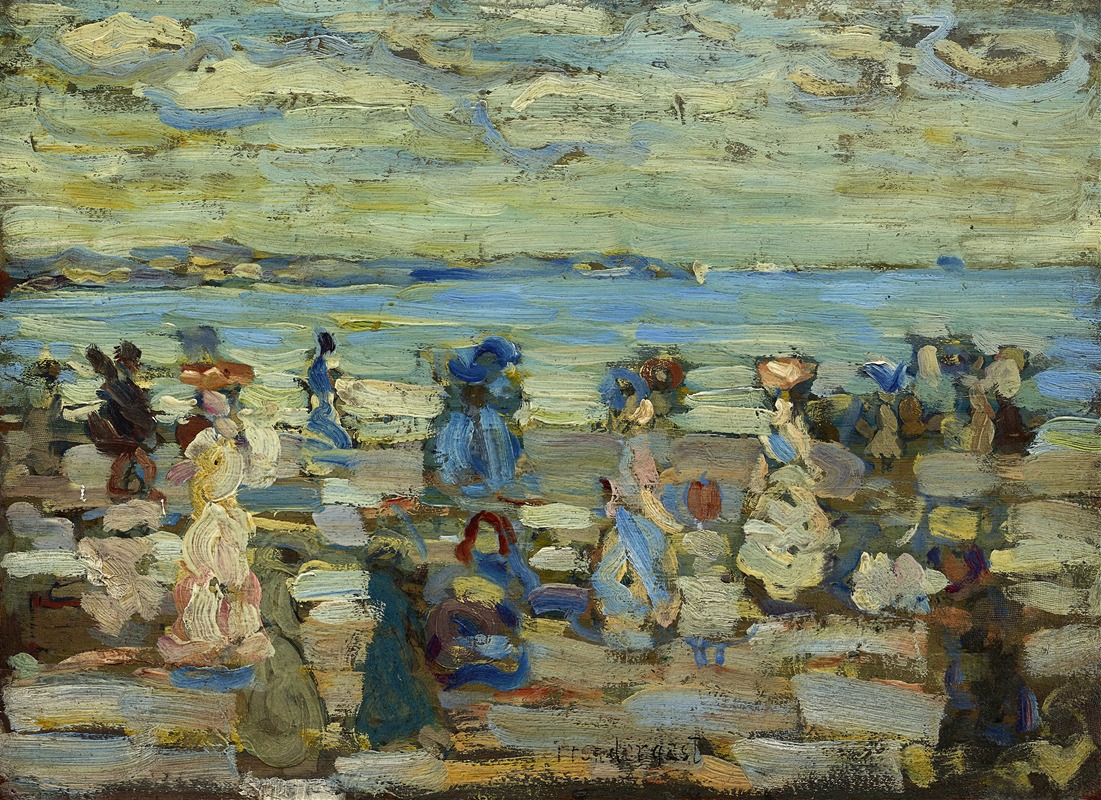
Beach Scene
A hand-painted replica of Maurice Prendergast’s masterpiece Beach Scene, meticulously crafted by professional artists to capture the true essence of the original. Each piece is created with museum-quality canvas and rare mineral pigments, carefully painted by experienced artists with delicate brushstrokes and rich, layered colors to perfectly recreate the texture of the original artwork. Unlike machine-printed reproductions, this hand-painted version brings the painting to life, infused with the artist’s emotions and skill in every stroke. Whether for personal collection or home decoration, it instantly elevates the artistic atmosphere of any space.
Maurice Prendergast's Beach Scene is a notable example of the artist's distinctive style, which blends Post-Impressionist influences with a unique approach to color and composition. Prendergast (1858–1924) was an American painter associated with the group known as "The Eight" and the broader Ashcan School, though his work diverged significantly from the gritty urban realism typical of many of his contemporaries. Instead, Prendergast's art is characterized by its vibrant, decorative quality and focus on leisure scenes.
Beach Scene exemplifies Prendergast's fascination with depicting people in outdoor settings, particularly at leisure. The painting portrays a lively beach environment, populated by figures engaged in various activities. The composition is marked by its flattened perspective and rhythmic arrangement of forms, which reflect the influence of European modernist movements, particularly the work of Paul Cézanne and the Post-Impressionists. Prendergast's use of bold, saturated colors and his emphasis on pattern and texture contribute to the painting's dynamic and almost mosaic-like quality.
The exact date of Beach Scene is not definitively documented, but it is consistent with Prendergast's mature style, which developed after his travels to Europe in the late 19th and early 20th centuries. During these trips, he was exposed to the works of Cézanne, Seurat, and other avant-garde artists, which profoundly influenced his artistic approach. Upon returning to the United States, Prendergast applied these influences to his depictions of American life, often focusing on scenes of recreation and social interaction.
Prendergast frequently worked in watercolor, oil, and monotype, and Beach Scene is likely one of his oil paintings. His technique often involved layering colors to create a sense of luminosity and depth, while maintaining a decorative flatness that set his work apart from more traditional representational art. The figures in Beach Scene are stylized rather than individualized, emphasizing the collective experience of leisure rather than personal narratives.
The painting reflects broader cultural trends of the late 19th and early 20th centuries, particularly the growing popularity of seaside resorts and public parks as spaces for recreation among the middle and upper classes. Prendergast's work captures the spirit of these social changes, celebrating the vibrancy and diversity of modern life.
Today, Maurice Prendergast is recognized as a significant figure in American art, and his works are held in major museum collections, including the Metropolitan Museum of Art, the Museum of Fine Arts, Boston, and the National Gallery of Art. While specific details about Beach Scene's current location or provenance are not provided here, it remains an important example of Prendergast's contribution to early modernist art in the United States.





